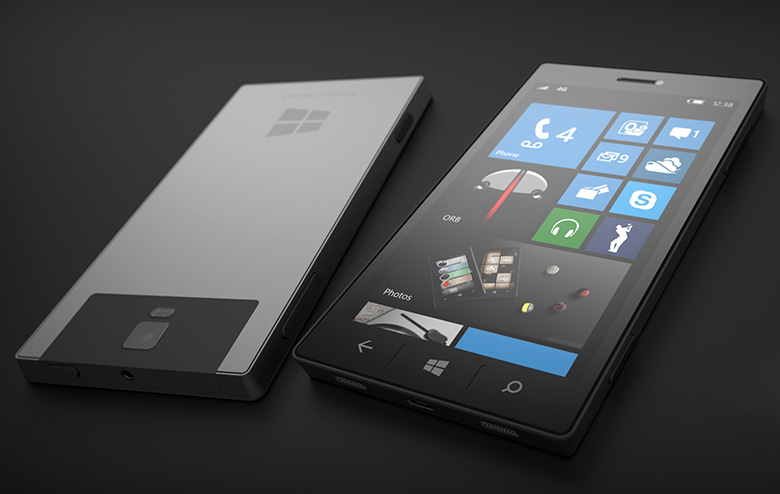Three reasons why a Microsoft Surface Phone could be in the cards for Microsoft
According to WMPoweruser, a “Microsoft Surface Phone” could hit the market by the end of 2015. Similar reports have been denied by Microsoft in the past three years. Finally, a leaked screenshot could provide solidity to the rumor.
The rumored device, code-named “Juggernaut Alpha”, was originally detected at Microsoft Campus, via GPS logs, 3 years ago, yet its existence was never confirmed by Microsoft.

As of late, a much more recent piece of information has emerged, carrying an actual timestamp, as well as other information leading to clues on the possible specs for this device.
According to WMpoweruser, the device will have the following specs:
- Display: 1440×2560 16:9 AMOLED 5.5? ClearBlack Gorilla Glass 4
- Processor: Intel Atom x3 (SoFIA) 64-bit
- Camera: Back: 21MP PureView Zeiss 6-lens Front: 8MP Zeiss Wide-Angle
- RAM: up to 4GB RAM (lower end with 3GB and higher end with 4GB)
- Operating System: Windows 10 Mobile (Current revision of the device is running 10.0.10514.19)
- Storage: Options will include 64GB and 128GB with MicroSD Expansion up to 256GB
- Surface Pen (Similar to Note 5),
- USB Type-C
- Wireless Charging
- Aluminium & Magnesium unibody
Flagship status
The first of three reasons for which Microsoft may be considering building its own smartphone device, is that as Windows 10 gains popularity, Microsoft’s shift towards a more mobile ecosystem requires proprietary products diversification, much like what Apple has mastered in over four decades.
While the Surface Pro is a great consumer product, Microsoft needs to branch out and solidify its position, with its own smartphone.
The end of carrier-subsidized phones
In the wake of Verizon’s decision to stop subsidizing smartphones with each new contract, smartphone makers will have to become more competitive and offer more to customers who will be looking at paying full price for the latest smartphones.
This situation gives Microsoft an opportunity to think beyond Nokia, and create a truly unique and recognizable brand for the all-mobile market.
Mobile Desktop Convergence
In other words: Windows 10 users demand a consistent experience from desktop to smartphone, which is what Windows 10 was designed to do from the beginning.
Windows 10 Mobile is not only designed to deliver a desktop-like experience to mobile users, but it can also use mirroring capabilities to external monitors, including USB Type-C and 8K display support.
If the specs mentioned above are anywhere near being accurate, there is a good chance for Microsoft to finally becoming a true Android/iOS alternative.